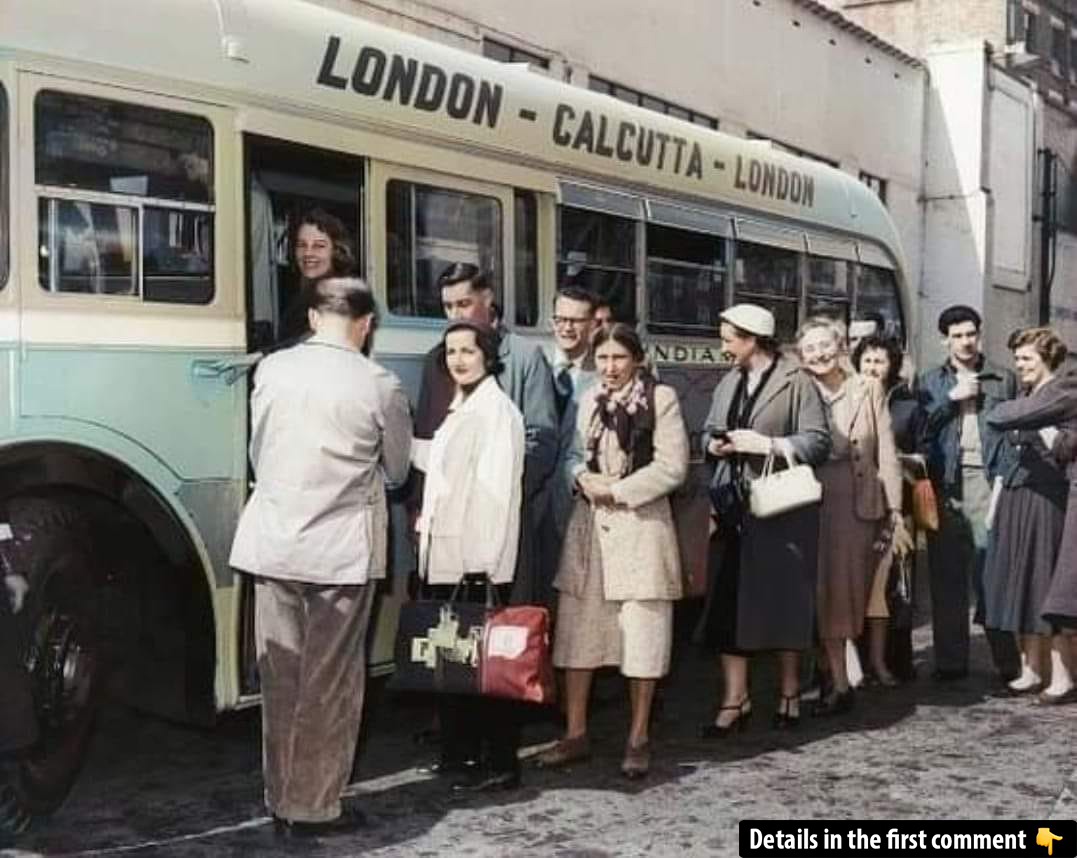In the late 1950s, one of the most ambitious overland journeys ever undertaken came to life: a bus ride from London to Calcutta. Spanning 17,000 kilometers and 12 countries, this extraordinary trip took passengers on a journey across Europe and Asia, offering a unique, immersive experience of the world’s diverse cultures. The journey was not only a remarkable feat of endurance, but it also marked a symbol of adventure, camaraderie, and the growing spirit of global exploration.
The Origins of the London-Calcutta Bus Service
The story of the London to Calcutta bus journey began in 1957, when a visionary British travel company, Albert Travel, decided to offer a service that would take travelers from the heart of Europe all the way to India, one of the most exotic and intriguing destinations at the time. The company sought to create an overland route that was as enriching as it was daring.
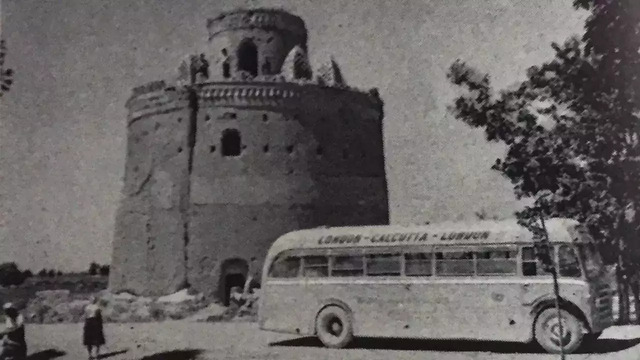
The first journey of this monumental bus service departed from London on April 15, 1957, with a destination set to reach Calcutta (now Kolkata) by June 5, taking 50 days to cover the impressive distance. The bus used for the journey was an AEC Regal III, an iconic vehicle known for its durability and comfort. The ride, priced at £145, promised an adventure like no other, inviting travelers to experience new cultures, landscapes, and history on a journey unlike any other in the world.
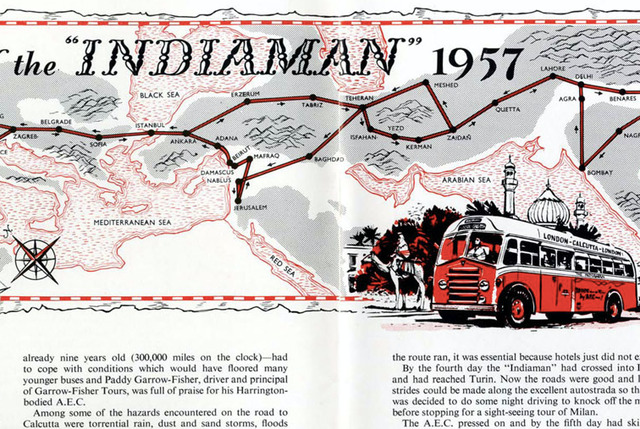
Video
Check out this video to follow the incredible journey of a bus that takes you from India to London in just 70 days, showcasing a unique adventure across continents.
The Extraordinary Journey: 12 Countries and 17,000 Kilometers
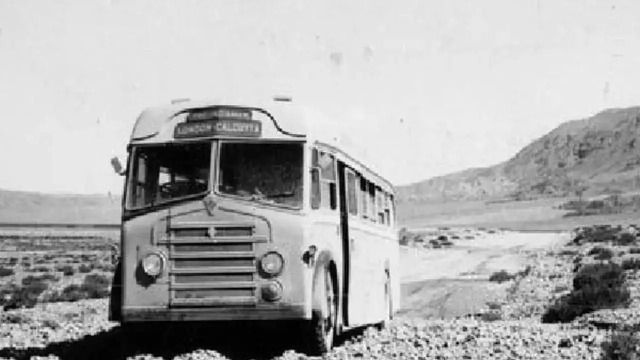
The route itself was nothing short of epic. Departing from London, the bus crossed through several European countries, including Belgium, Germany, Austria, and Yugoslavia. The journey continued into Eastern Europe, passing through Bulgaria and Turkey, before entering the Middle East.
Travelers ventured into Iran, Afghanistan, and Pakistan before entering India. The journey not only connected two distant countries, but it also offered a unique perspective on the regions it passed through. Every country presented its own set of challenges—whether it was navigating mountainous terrain, dealing with language barriers, or coping with different political climates.
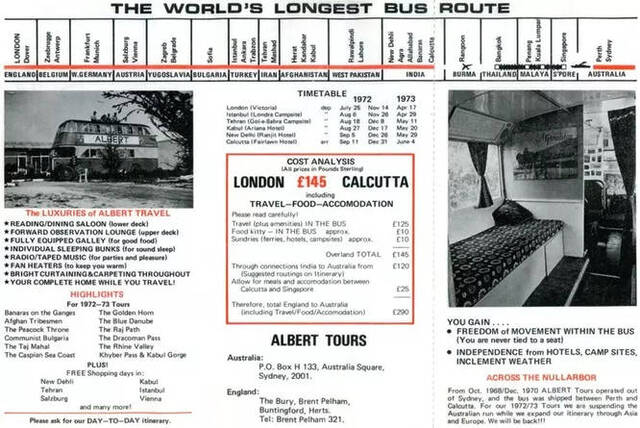
The bus service didn’t just transport people; it transported them through history. Stops at iconic cities such as Vienna, Tehran, Istanbul, and Kabul allowed travelers to soak in the cultures, history, and traditions of these ancient lands. The journey was as much about experiencing the diverse cultures as it was about reaching the destination.
Life on the Bus: A Unique Travel Experience
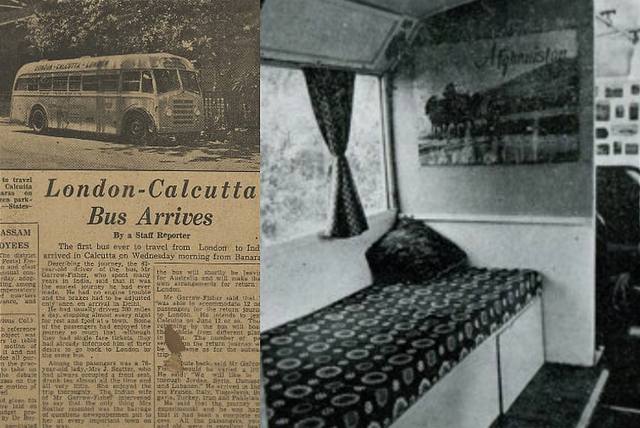
Although the journey was grueling, the bus was equipped with several comforts that made the long ride bearable. Each passenger had their own sleeping berth, allowing them to rest during the long stretches of travel. A small kitchen provided basic meals, and the bus featured a radio and music system for entertainment. One of the most unique features was the observation lounge on the upper deck, where passengers could relax and take in the breathtaking views as they passed through some of the most stunning landscapes in the world.
The bus ride quickly became more than just a mode of transportation—it became a social experience. As the days passed, passengers from all over the world bonded over shared experiences, making the journey as much about the relationships formed as the destinations reached. Memories of singing along to music, sharing meals, and exploring unfamiliar cities together created lifelong friendships and unforgettable stories.

Iconic Stops on the London-Calcutta Bus Route
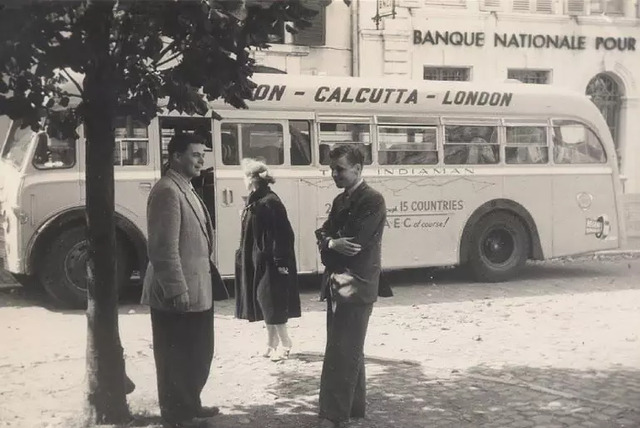
The London to Calcutta bus journey wasn’t just about the bus ride—it was about the places along the way. One of the most notable stops was in India, where the bus passed through some of the most culturally rich cities in the world. The Taj Mahal, a symbol of love and architectural wonder, was a highlight, as was Varanasi, the sacred city on the banks of the Ganges River. Passengers were also able to shop in the bustling bazaars of cities like Tehran, Istanbul, and Vienna, taking home souvenirs and experiencing the vibrant cultures firsthand.
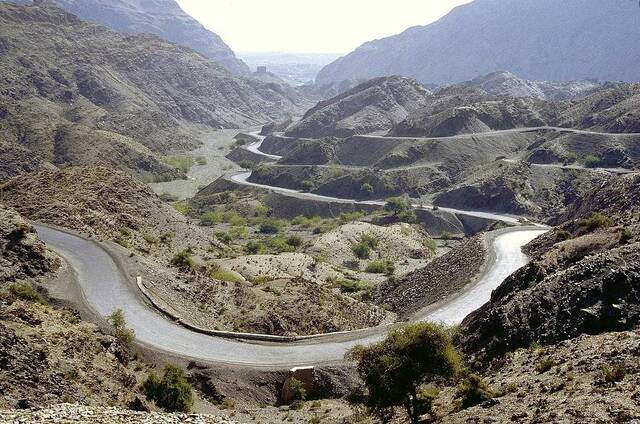
However, one of the most dramatic and awe-inspiring parts of the journey was crossing the Khyber Pass, a treacherous mountain pass connecting Pakistan to Afghanistan. The narrow, winding roads and sheer drops made it a white-knuckle ride for passengers, but the views from the top were nothing short of breathtaking. The Khyber Pass is rich in history, having been a critical trade route for centuries, and crossing it was a milestone for the travelers on the bus.
The Transformation into ‘Albert’ and Continued Journeys
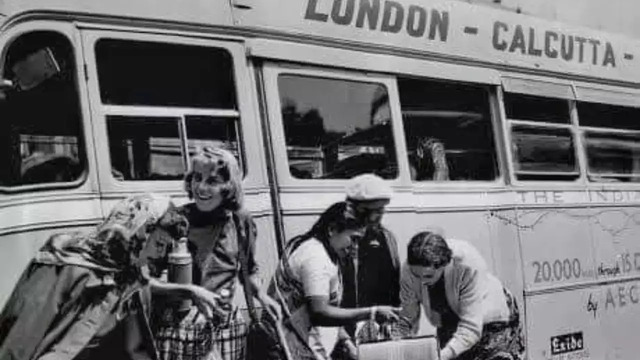
After several successful years of service, the bus was involved in an accident, which left it unusable for continued operation. However, the legacy of the bus journey didn’t end there. British traveler Andy Stewart purchased the bus, which was later rebuilt into a double-decker mobile home and renamed ‘Albert.’ In 1968, the bus set off on a new adventure, this time from Sydney to London, via India, continuing the spirit of the original journey but with new routes and even more challenges.
Albert Tours, the company behind the transformation of the bus, operated the London-Calcutta-Sydney routes for several more years, completing 15 successful trips before ceasing operations in 1976. The rise of air travel and geopolitical instability in some of the countries along the route, including the Iranian Revolution and escalating tensions between India and Pakistan, made the journey too dangerous to continue.
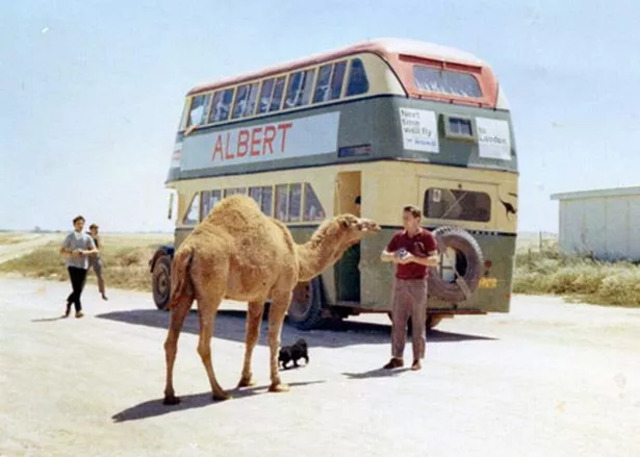
Decline of the Service: Political Instability and the Rise of Air Travel
While the London to Calcutta bus service was a monumental success in its heyday, its eventual decline was inevitable. The 1970s brought significant political changes, with the Iranian Revolution and growing tensions between neighboring countries like India and Pakistan making the route increasingly unsafe. Moreover, the rise of affordable air travel made long overland trips like this one seem obsolete. The service, which had once captured the imaginations of adventurers and travelers, was no longer practical in the modern world.
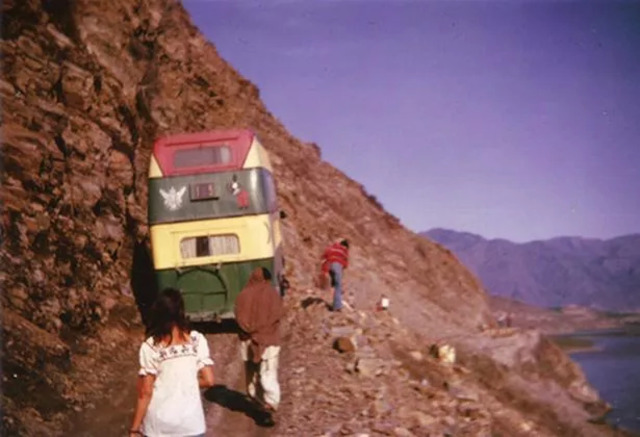
Legacy of the London to Calcutta Bus Service
Although the service officially ended in 1976, the London to Calcutta bus journey remains an iconic chapter in the history of overland travel. It serves as a testament to an era of exploration, a time when the journey itself was just as important as the destination. Today, the stories of those who embarked on this epic voyage continue to inspire modern adventurers, highlighting the extraordinary possibilities that await those who choose to venture off the beaten path.

For those who were part of the journey, the memories live on. The camaraderie shared between passengers, the cultural experiences encountered along the way, and the sense of adventure remain an enduring part of the story. In a world where air travel has made global exploration faster and easier, the London to Calcutta bus service serves as a reminder of the romance and excitement that can only come from a journey across continents, cultures, and time itself.
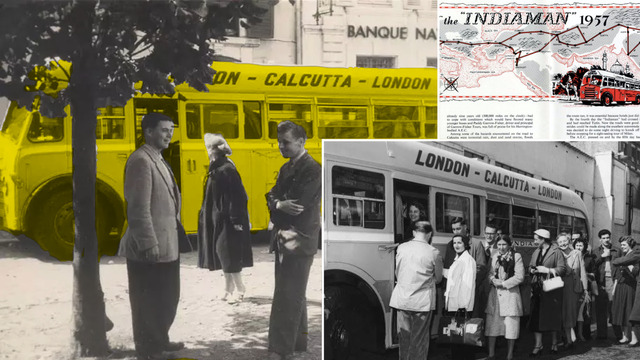
Video
Watch this video from Curly Tales to join an epic bus trip from Delhi to London in 2021, crossing 18 countries and experiencing unforgettable moments along the way.
Conclusion: The Spirit of Adventure Lives On
The London to Calcutta bus service may have ceased operations more than four decades ago, but its legacy lives on as a symbol of exploration, resilience, and the pioneering spirit of travel. The journey, which covered 17,000 kilometers across 12 countries, was more than just a bus ride—it was a celebration of human curiosity and the desire to connect with the world in ways that were once unimaginable. Today, as we look back at this incredible feat, we are reminded of the importance of adventure, and the power of travel to bring people together across borders and cultures. The London to Calcutta bus journey may have been a one-of-a-kind experience, but the spirit of exploration it embodies will continue to inspire generations of travelers to come.
